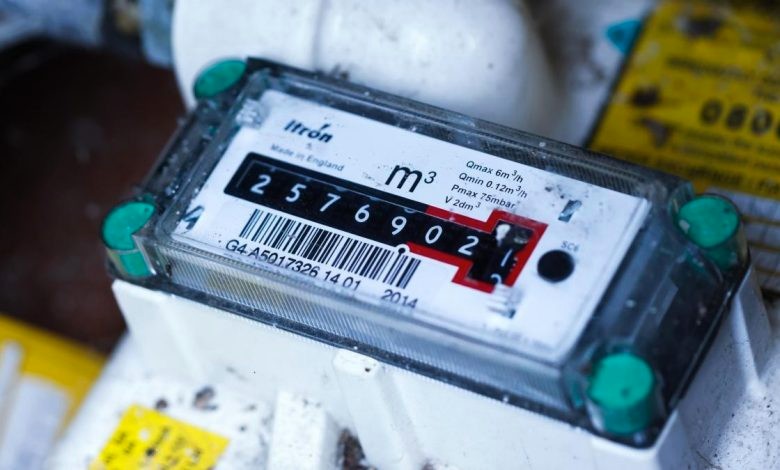Small businesses often struggle to control costs, especially when it comes to electricity bills. High energy costs can eat into profits and make it difficult for small businesses to compete with larger companies. In this article, we’ll explore some cost-cutting measures that small businesses can implement to lower their electricity bills.
Monitor Energy Usage
The first step in cutting electricity costs is understanding how much energy your business is using. Monitor your energy usage over time to identify patterns and areas where you can reduce consumption. This could include turning off lights and equipment when not in use or adjusting the thermostat to a more energy-efficient temperature.
Many electric companies offer online portals or smart meters to help business owners monitor energy usage. This can help you identify areas where you are consuming more energy than necessary and make adjustments accordingly.
Upgrade to Energy-Efficient Equipment
Another way to reduce electricity costs is to upgrade to energy-efficient equipment. This could include replacing old appliances or lighting fixtures with newer, more efficient models. Many small business owners may not be aware of the available tax credits and rebates that are available to help with the cost of upgrading to energy-efficient equipment.
LED lighting, for instance, consumes less energy than traditional incandescent bulbs and have a longer lifespan. Investing in Energy Star-certified equipment can also help reduce costs, as these products have been independently tested and certified to be more energy-efficient than non-certified equipment.
Implement a Power Management System
A power management system allows business owners to control the power usage of all the devices on their network, including computers, servers, and other electronic devices. This can help reduce energy costs by putting devices into sleep mode when not in use, or by shutting down devices that are not needed during off-hours.
Power management software can help you monitor and control energy usage, set schedules, and receive alerts when energy usage exceeds a certain threshold. This can help you identify energy-saving opportunities and make adjustments as needed.
Negotiate with Your Energy Provider
Many small business owners assume that they have to accept the rates offered by their energy provider, but this is not the case. It’s worth reaching out to your provider and negotiating a better rate. Many providers offer different rates for different types of customers, so it’s worth asking if there are any special rates or discounts available for small businesses.
If you are using a significant amount of energy, you may be able to negotiate a lower rate. Services like Business Energy Comparison can help find some providers that may also offer special rates for businesses that agree to use energy during off-peak hours.
Consider Renewable Energy Sources
Lastly, consider switching to renewable energy sources such as solar or wind power. These sources can help reduce your dependence on fossil fuels, lower your carbon footprint and ultimately lower your electricity bill.
Although the initial costs of installing a renewable energy system can be high, the long-term savings can be substantial. Plus, many states offer tax breaks and incentives for businesses that invest in renewable energy.
Conclusion
Reducing electricity costs is an ongoing process, and small business owners need to be proactive in identifying opportunities for savings. By monitoring energy usage, upgrading to energy-efficient equipment, implementing a power management system, negotiating with your energy provider, and considering renewable energy sources, small business owners can take control of their electricity costs and boost their bottom line. As always, it’s important to research and compare options before making any decisions. It’s also important to consult with a professional if you are unsure of any steps to take.




